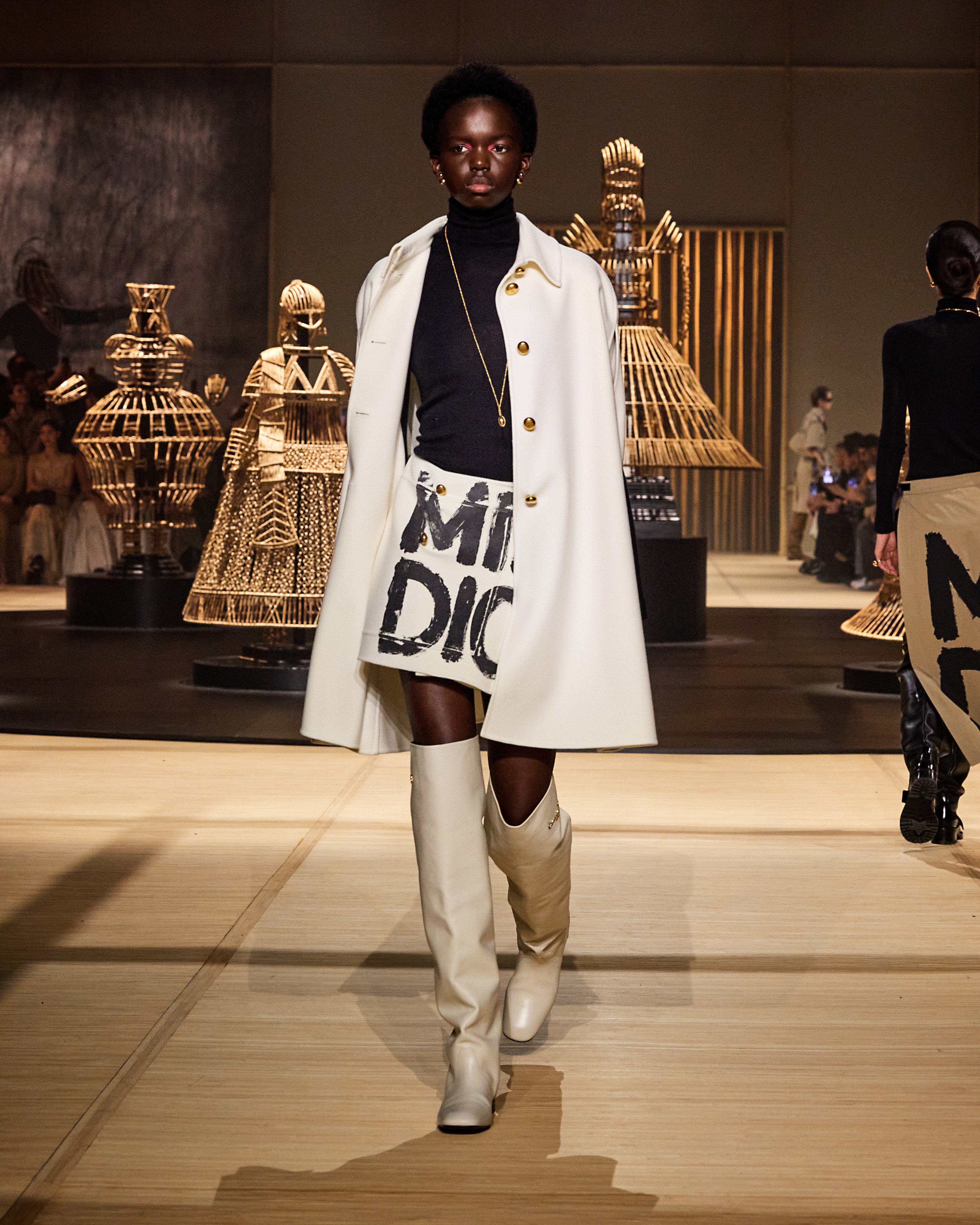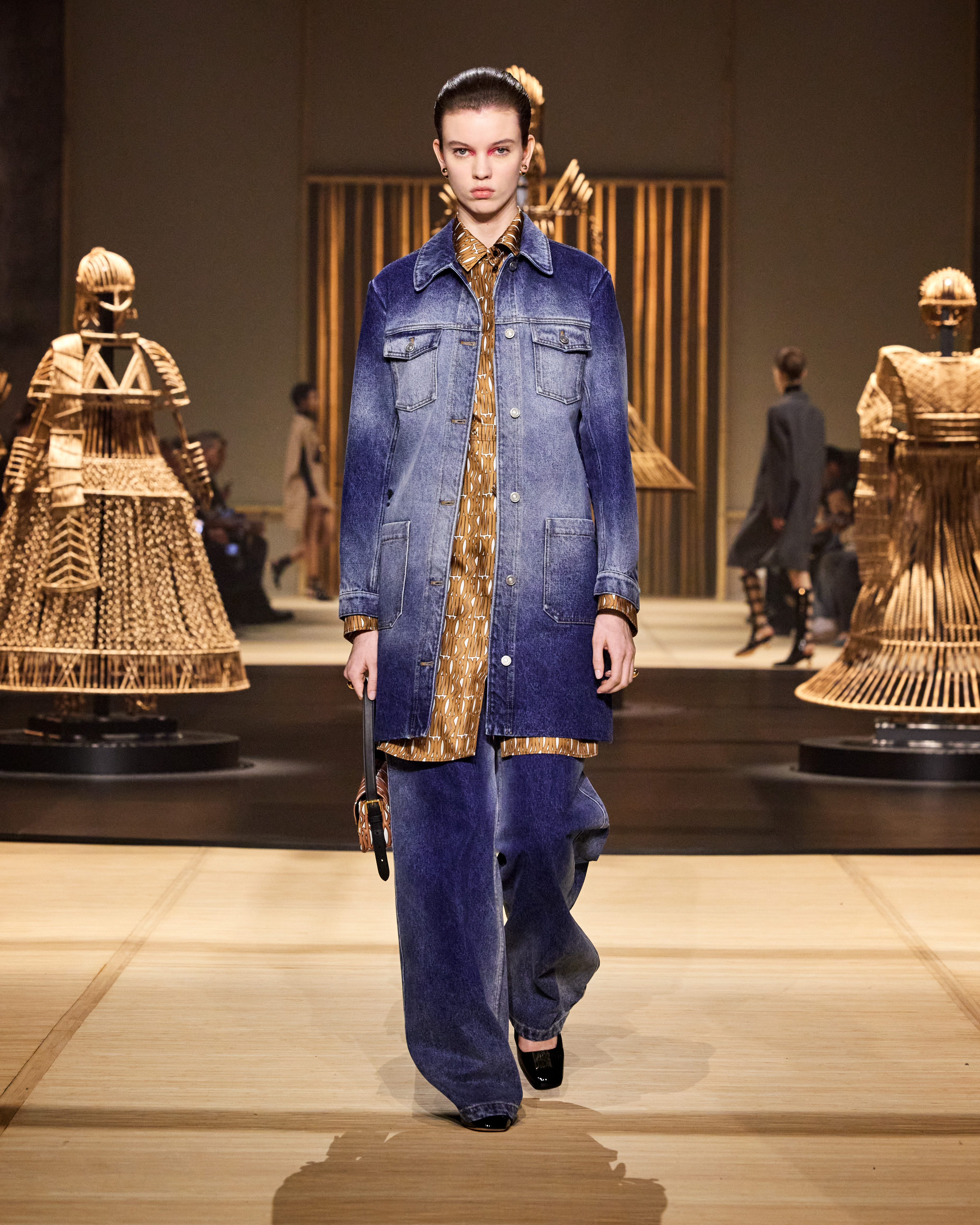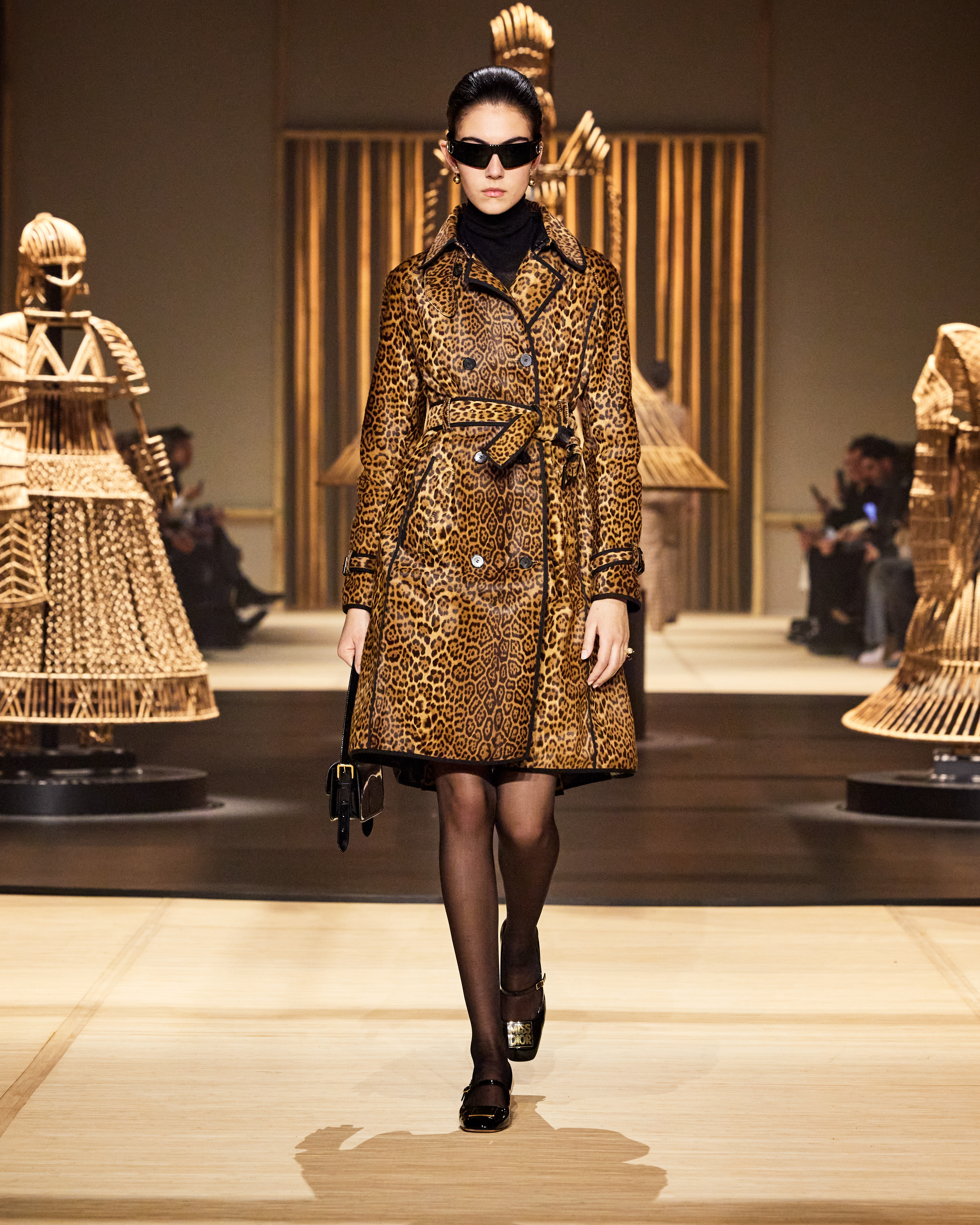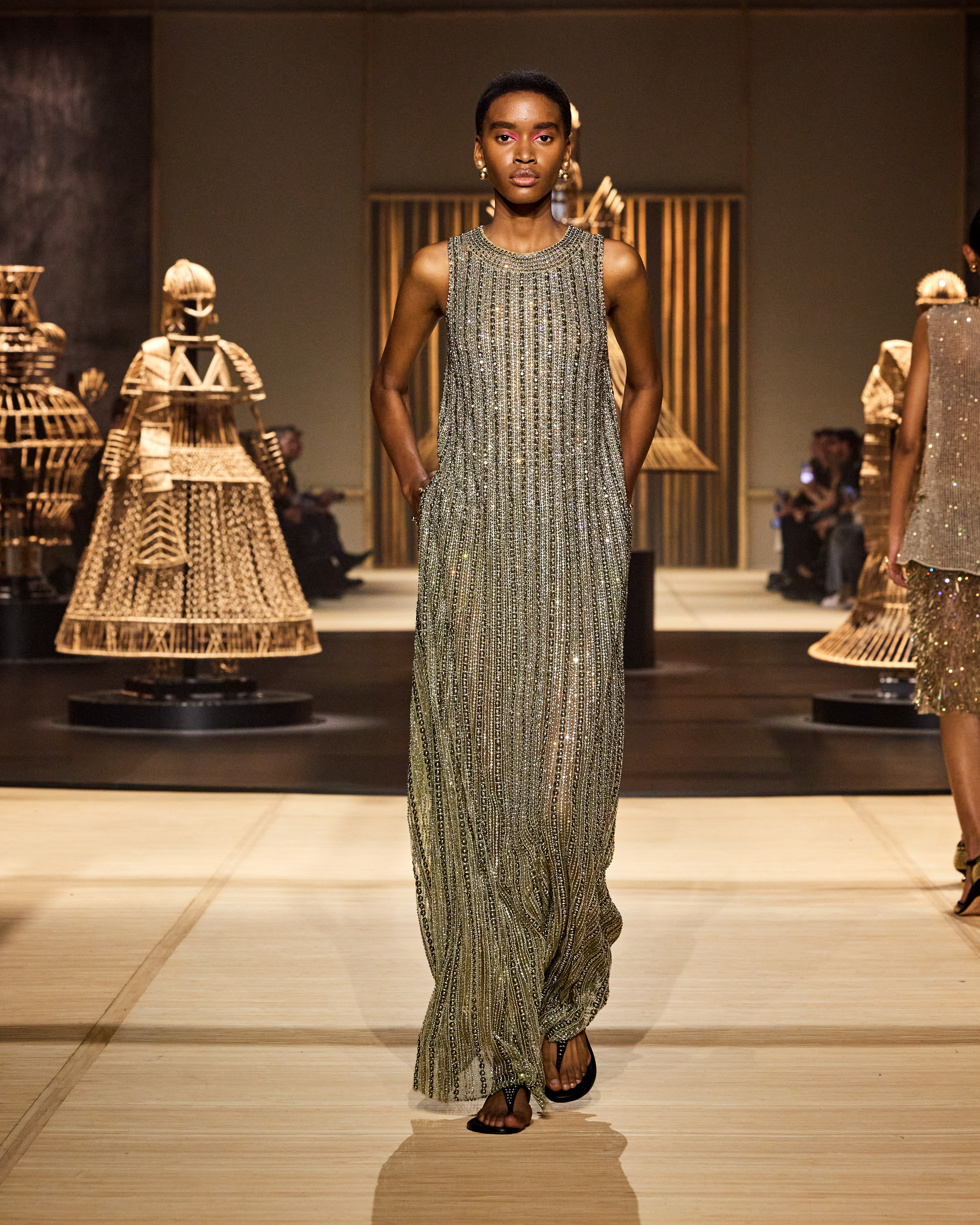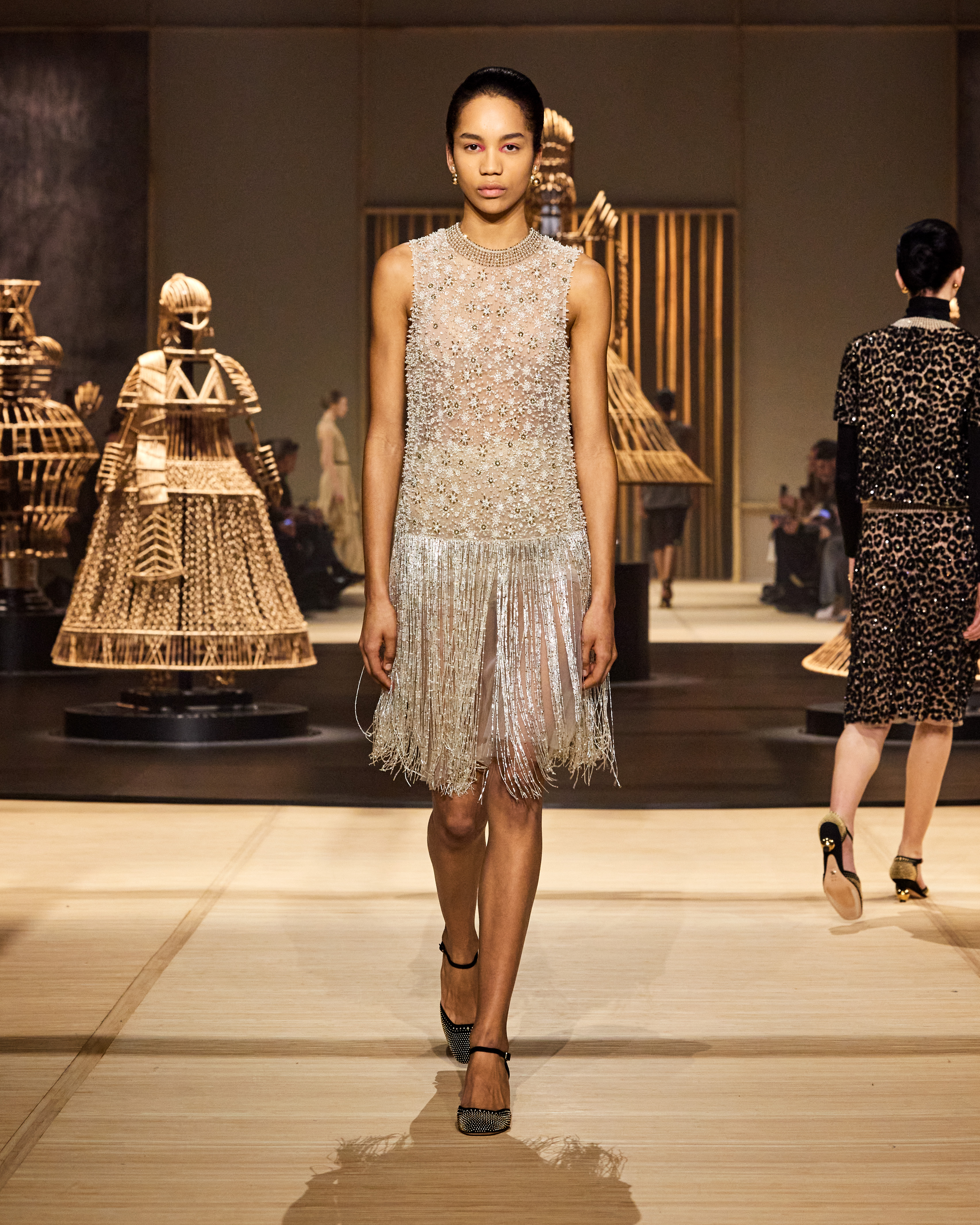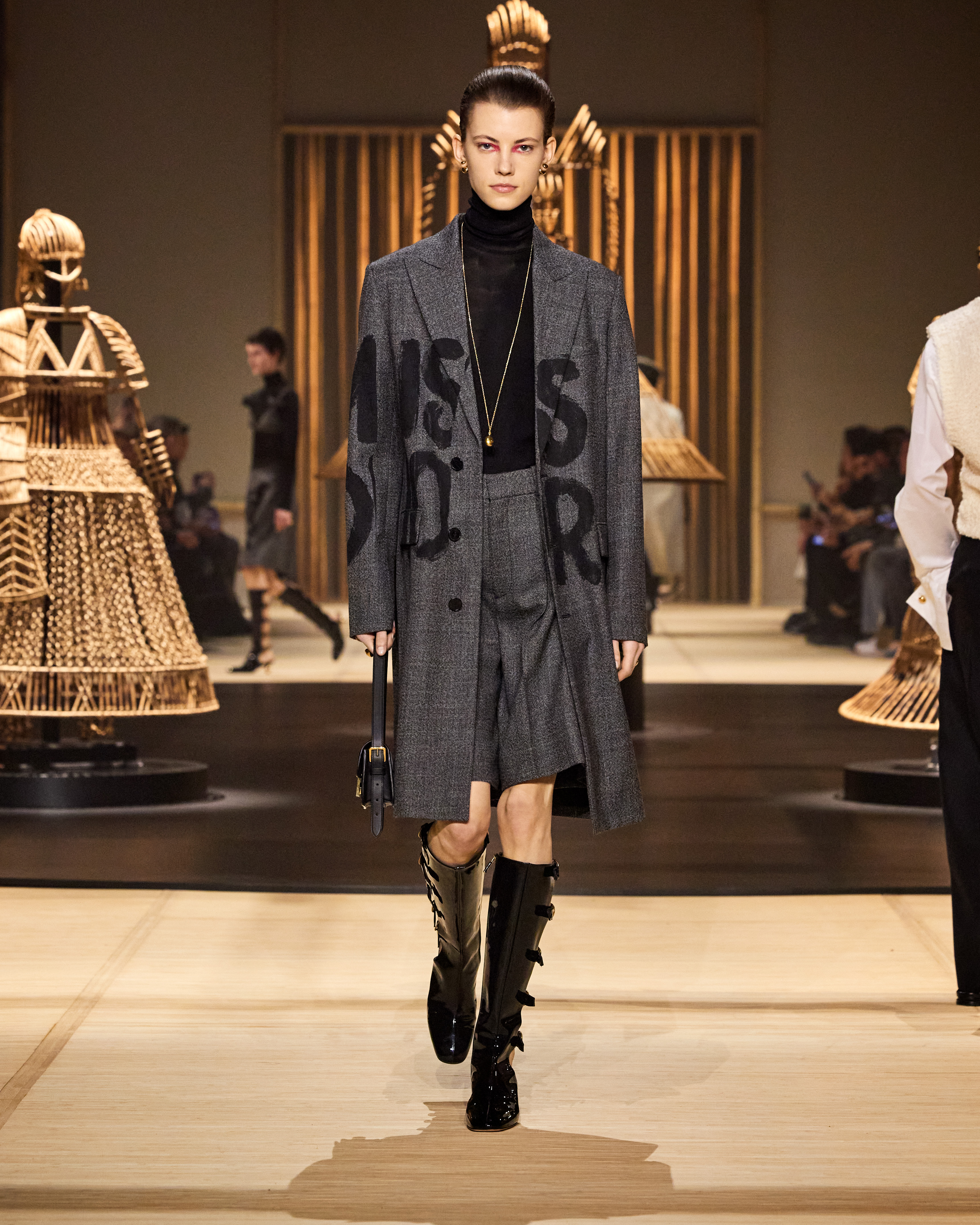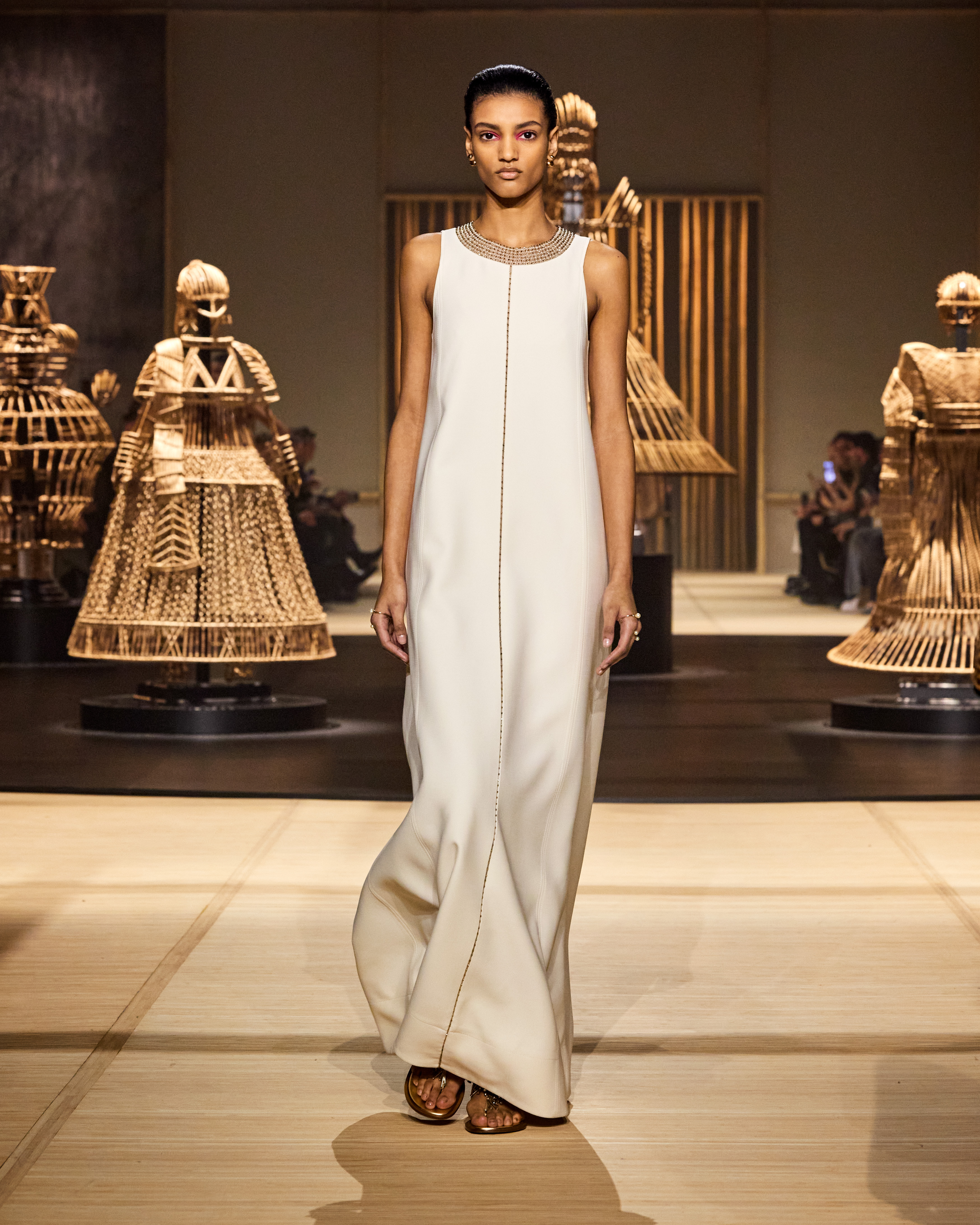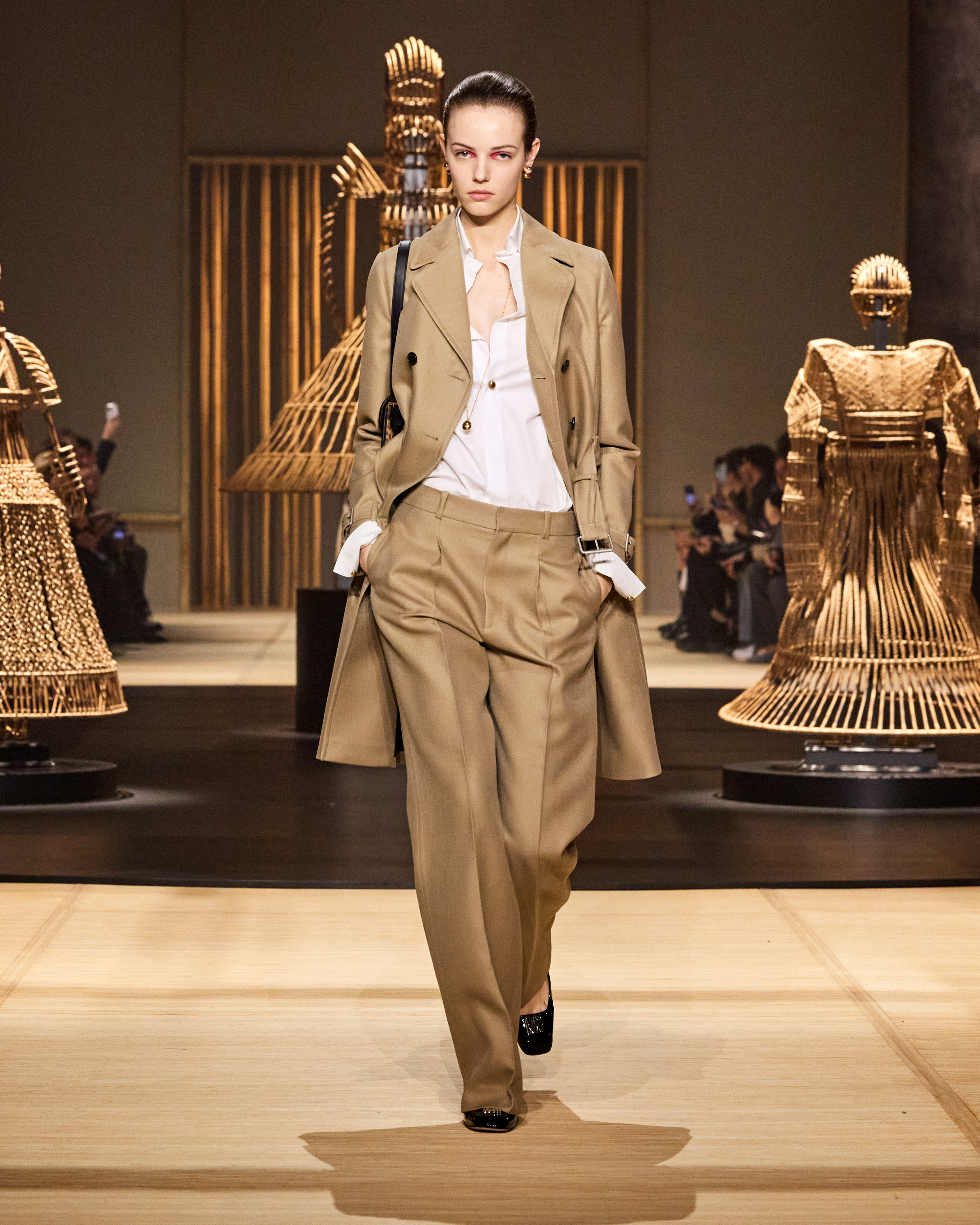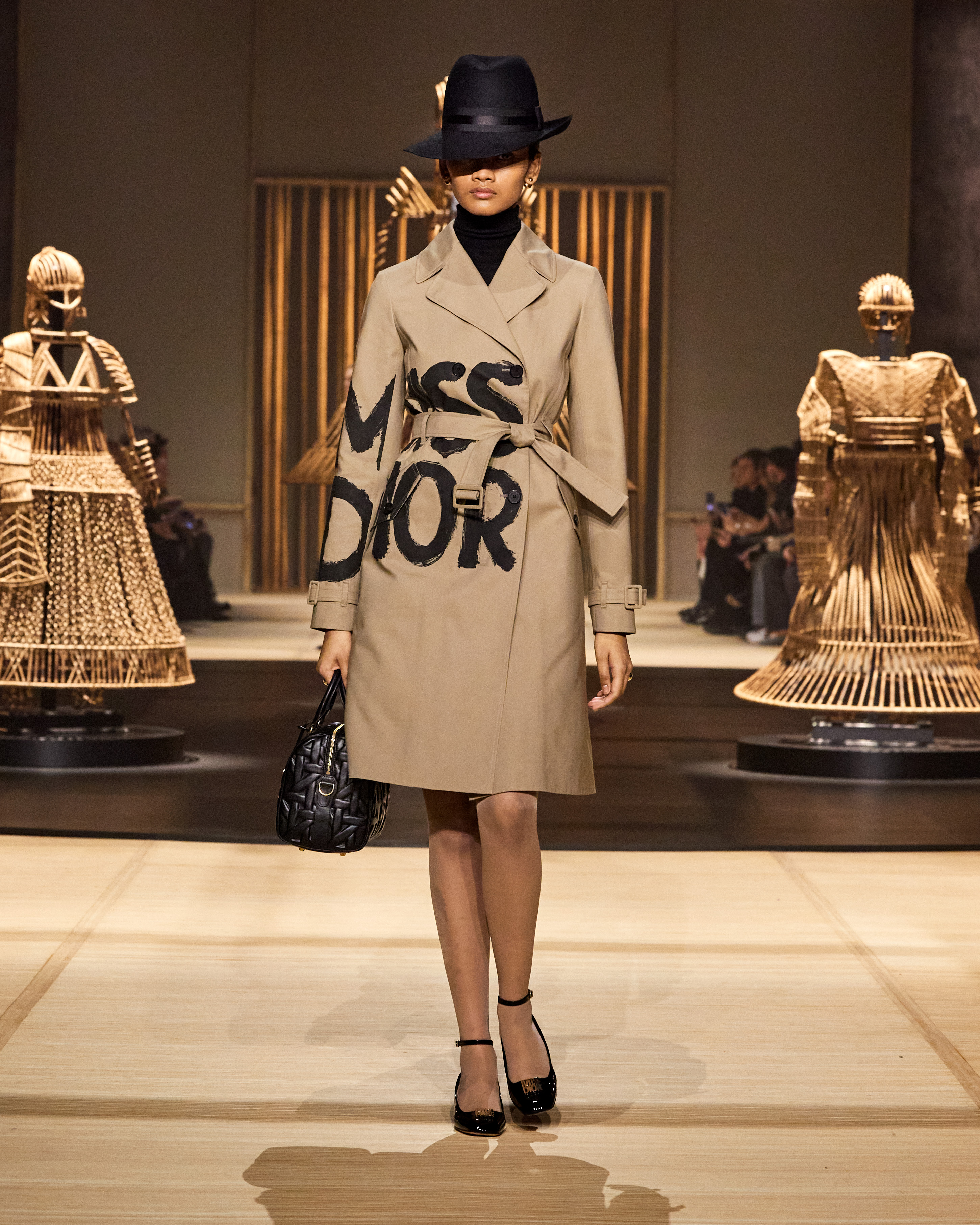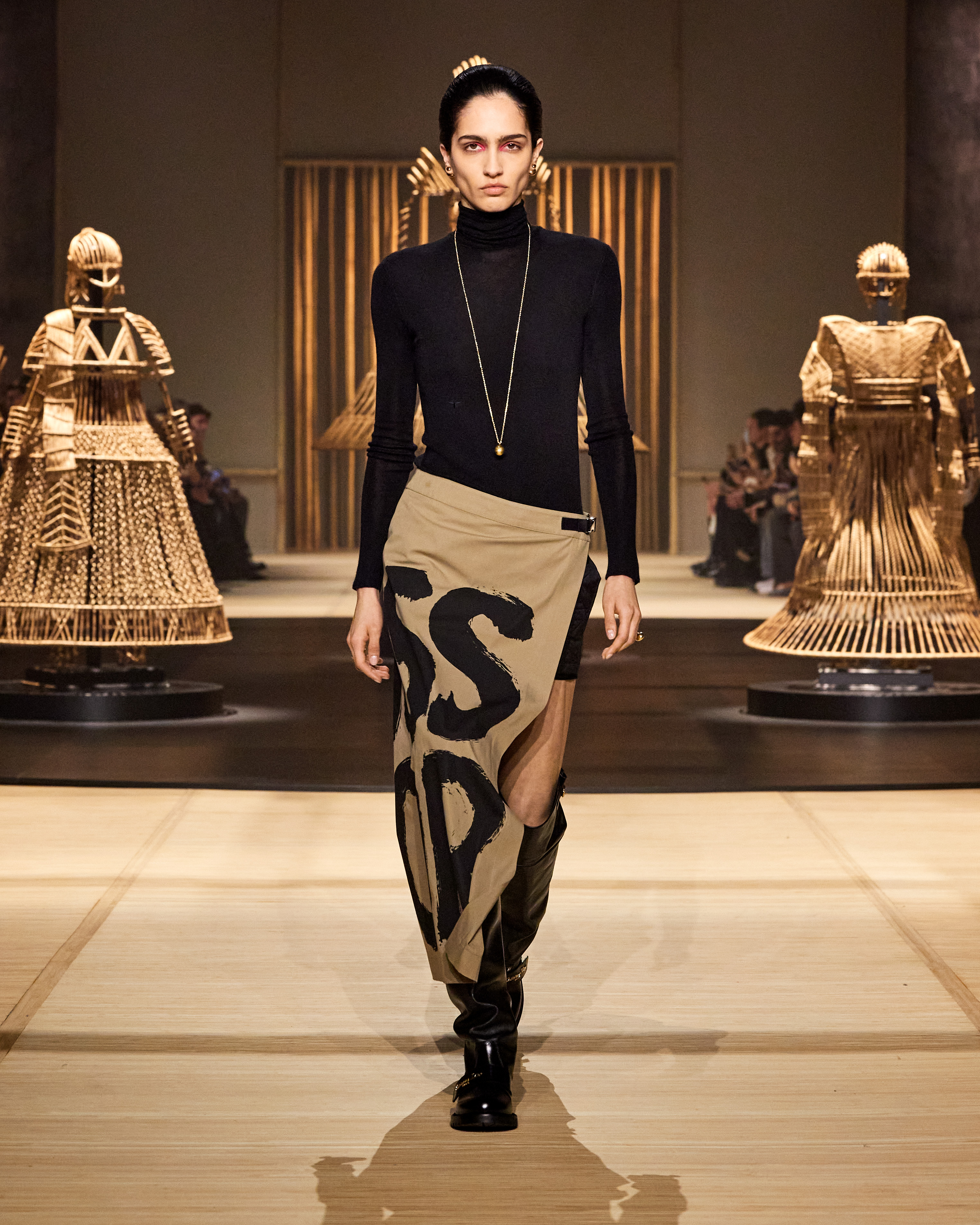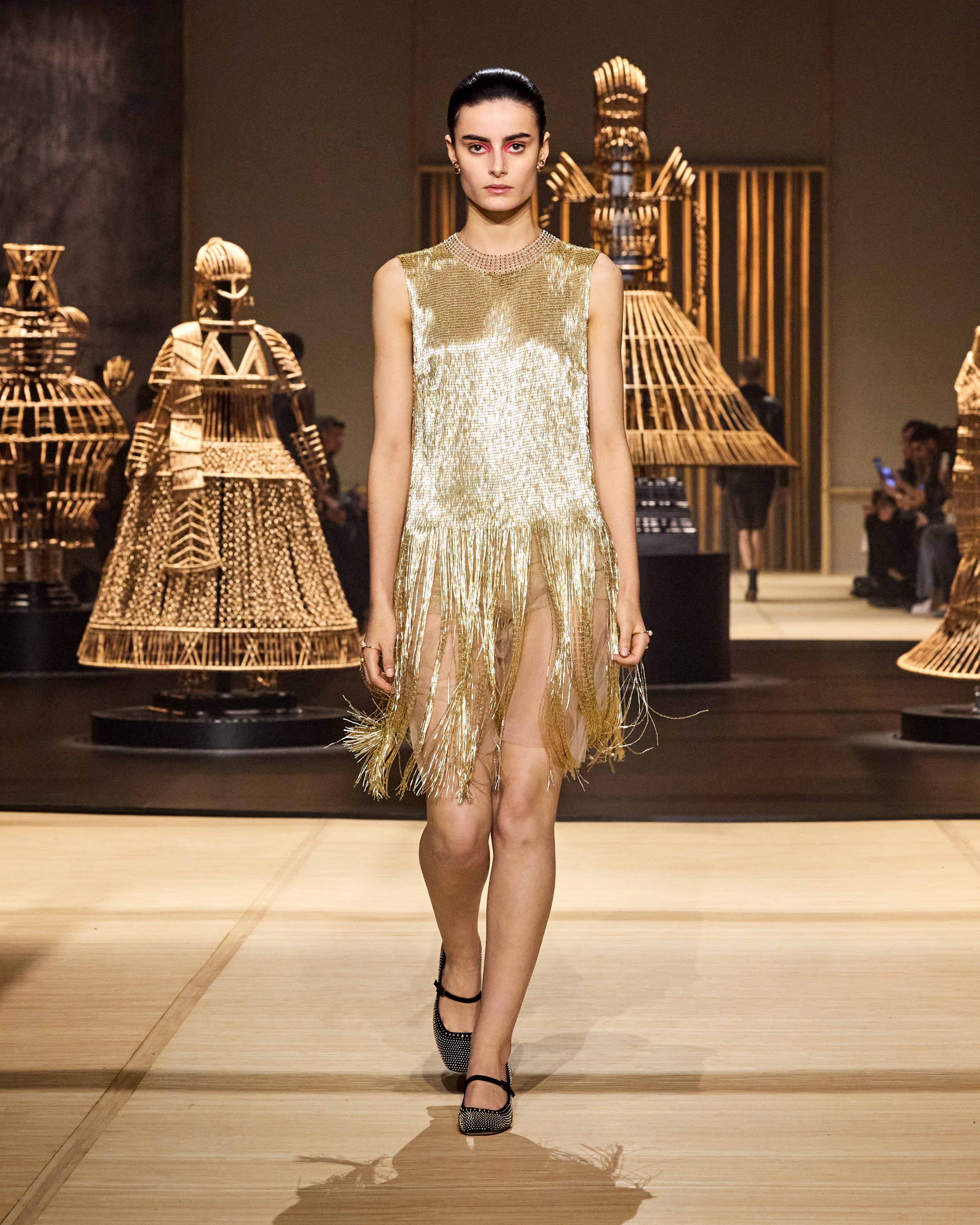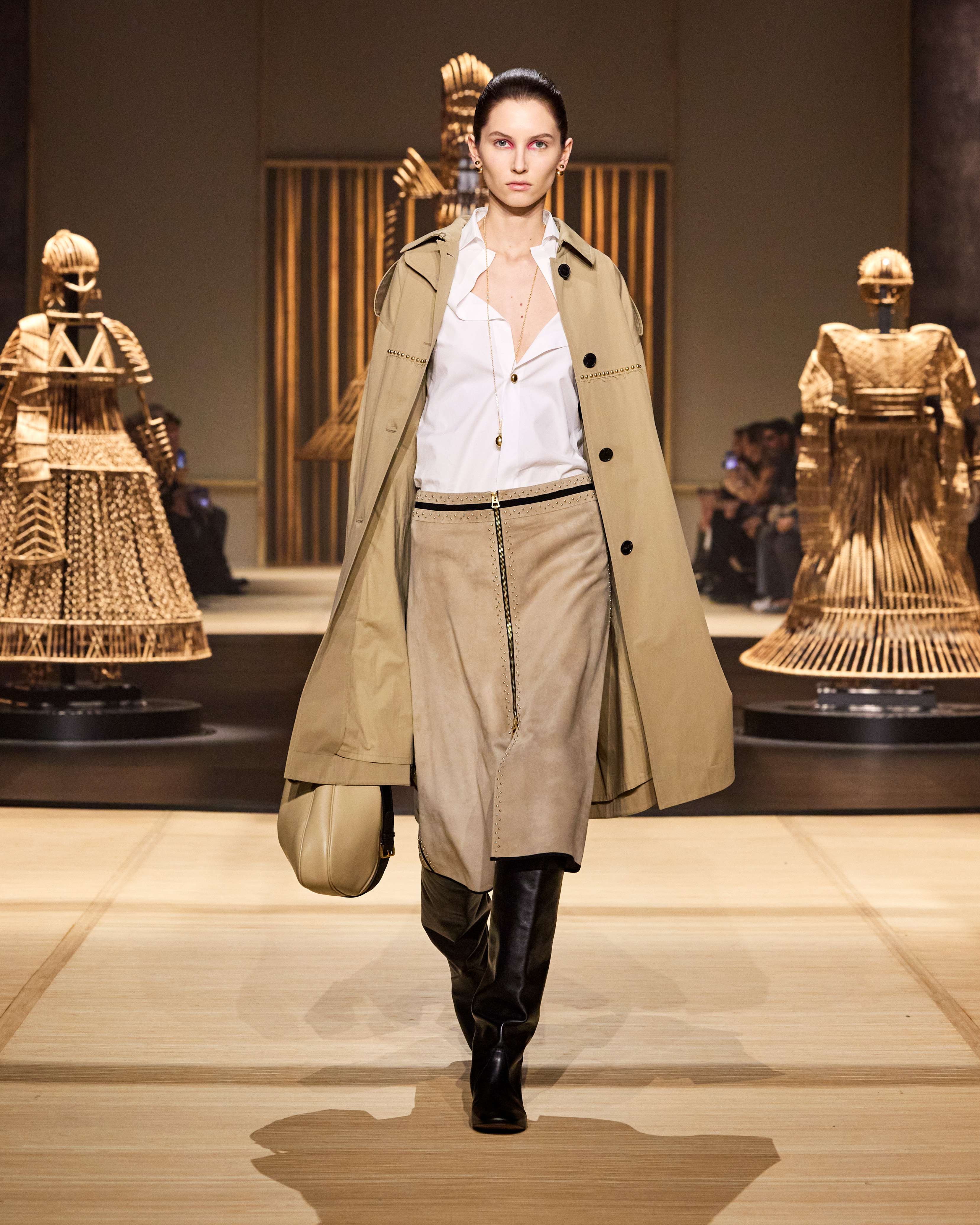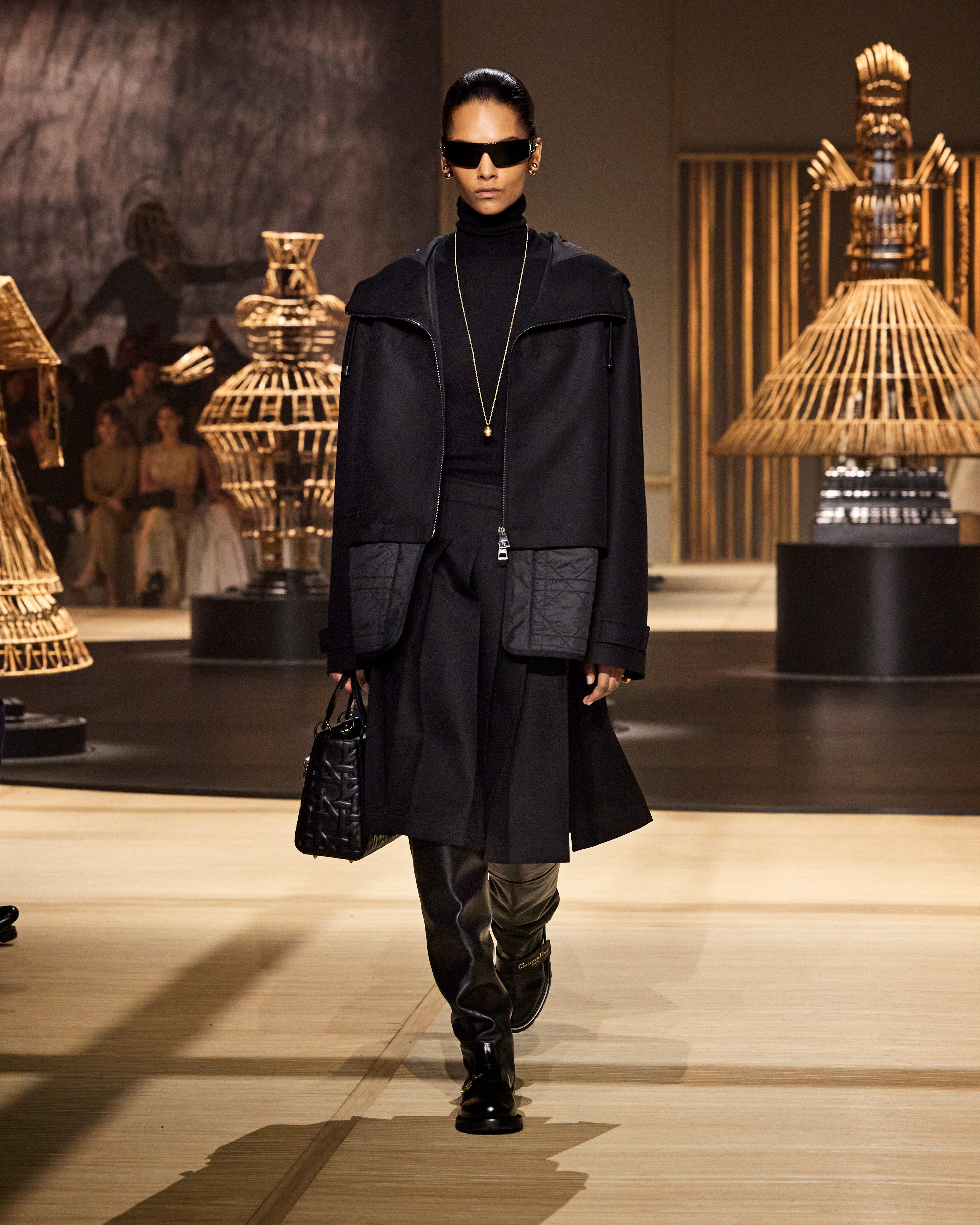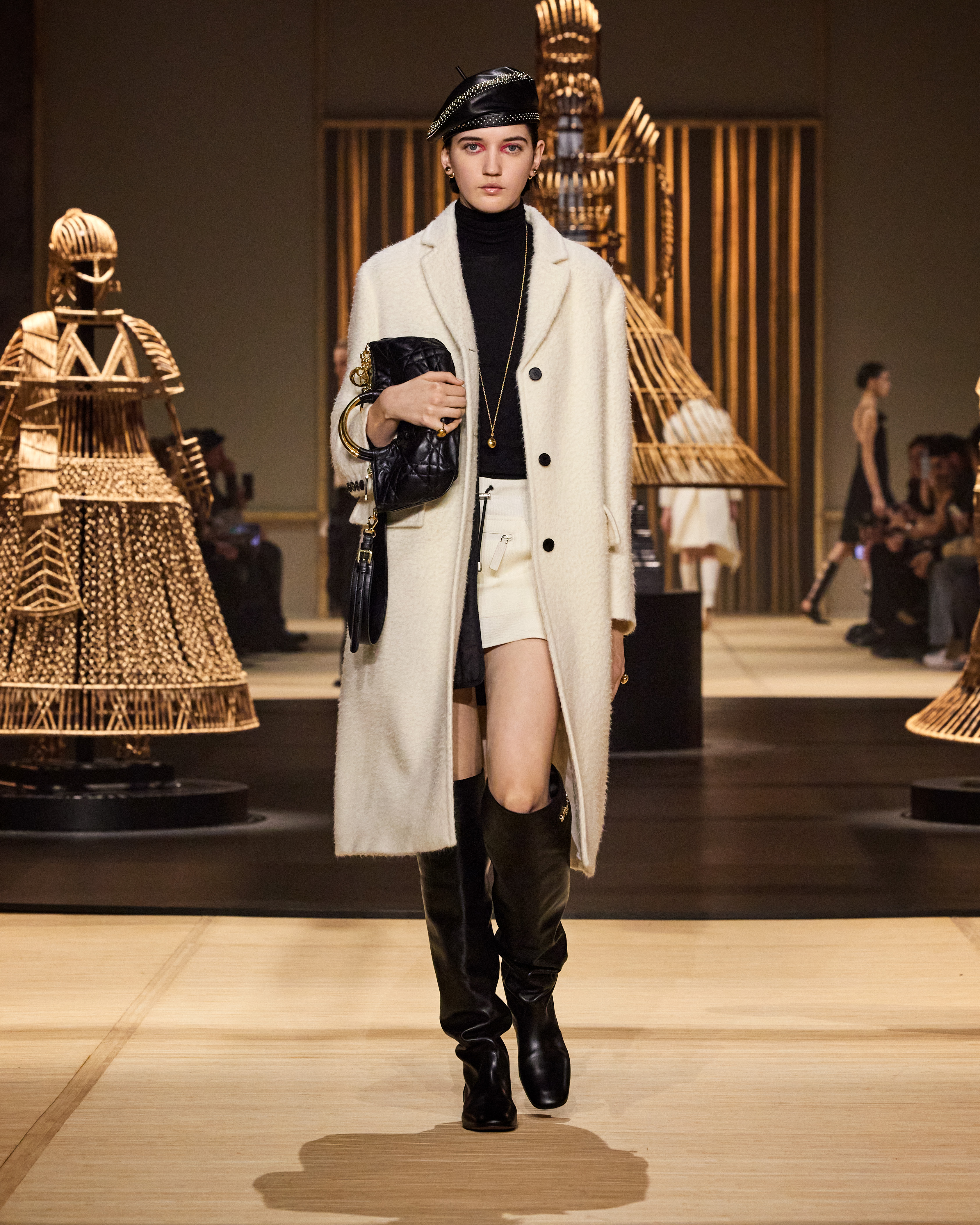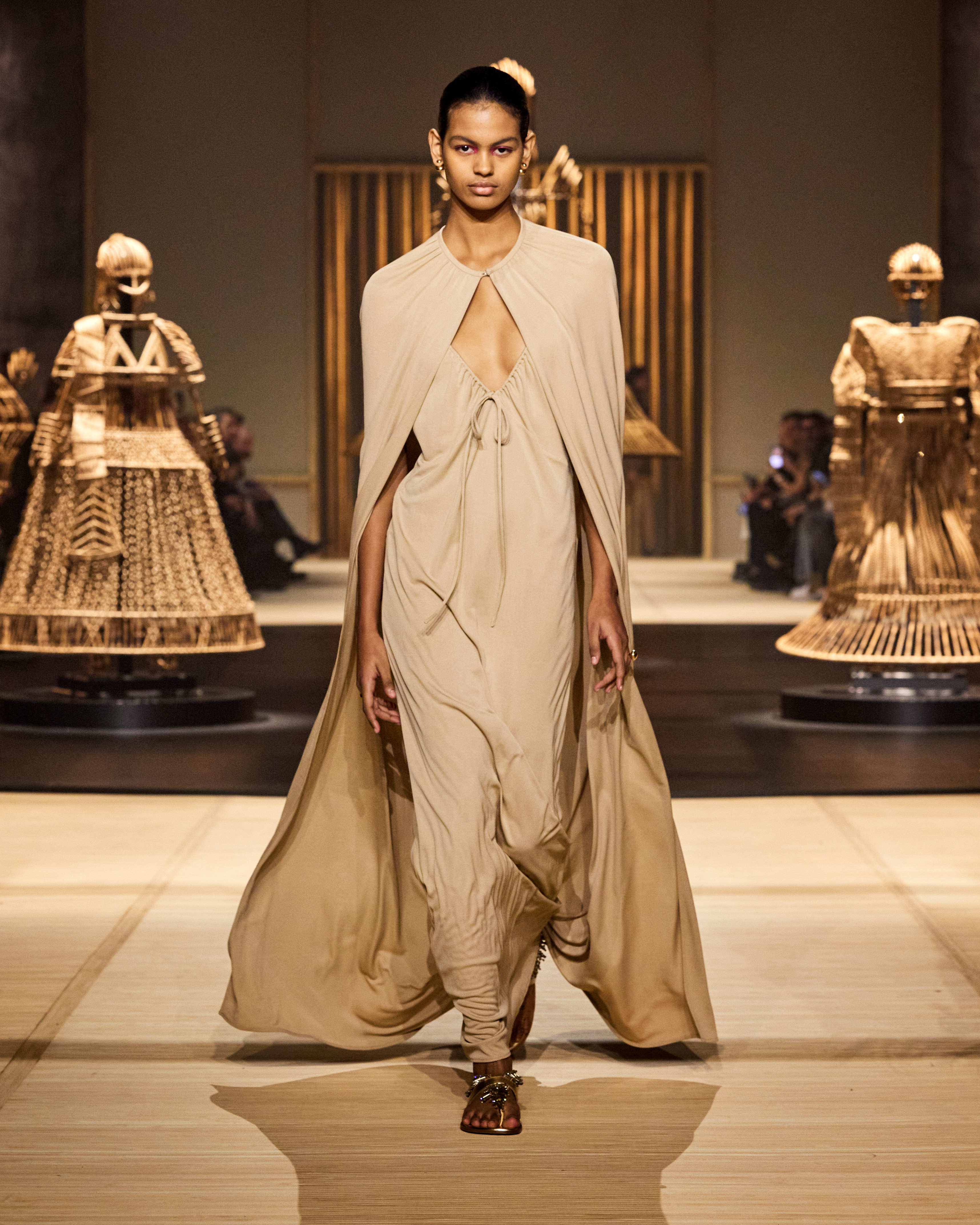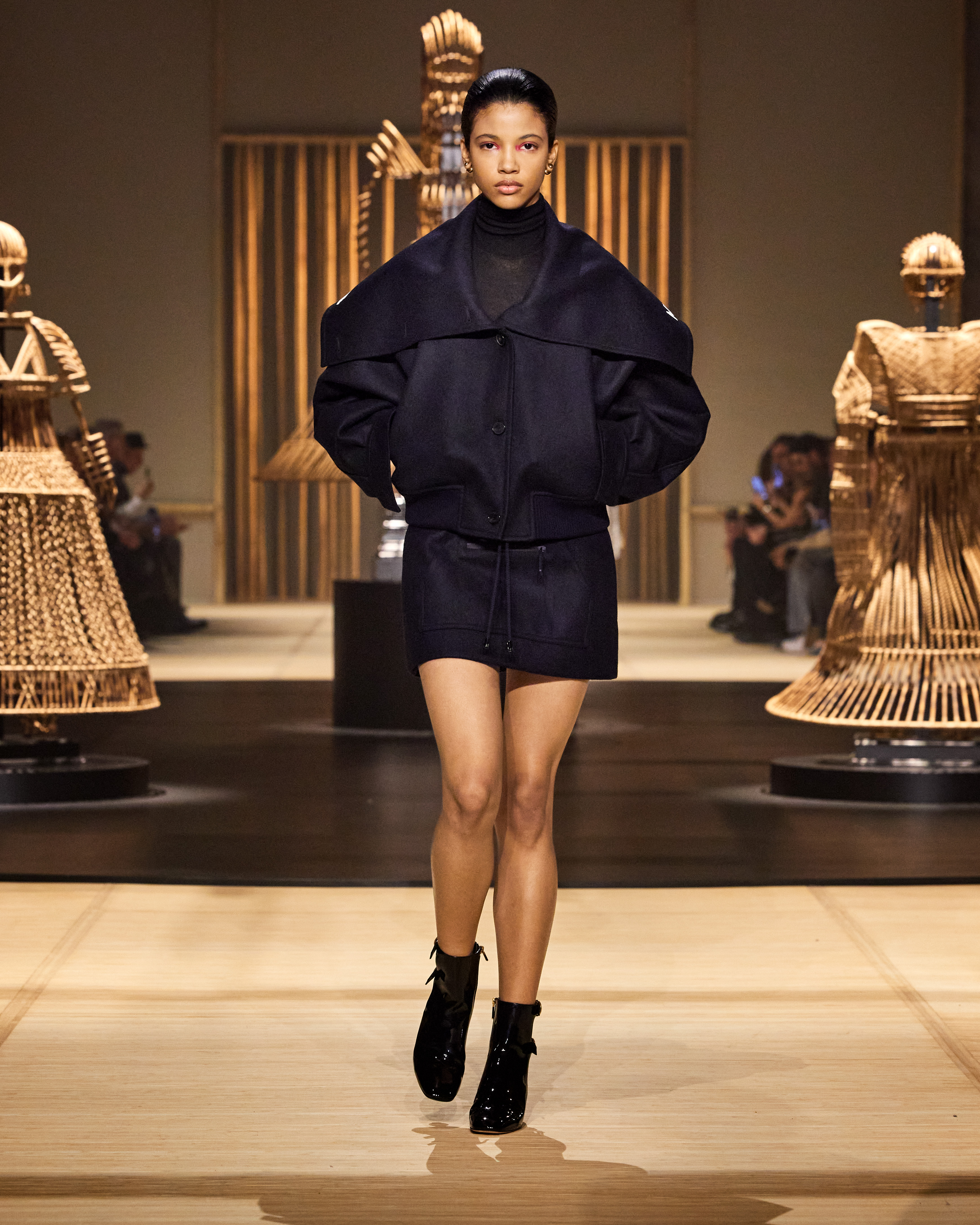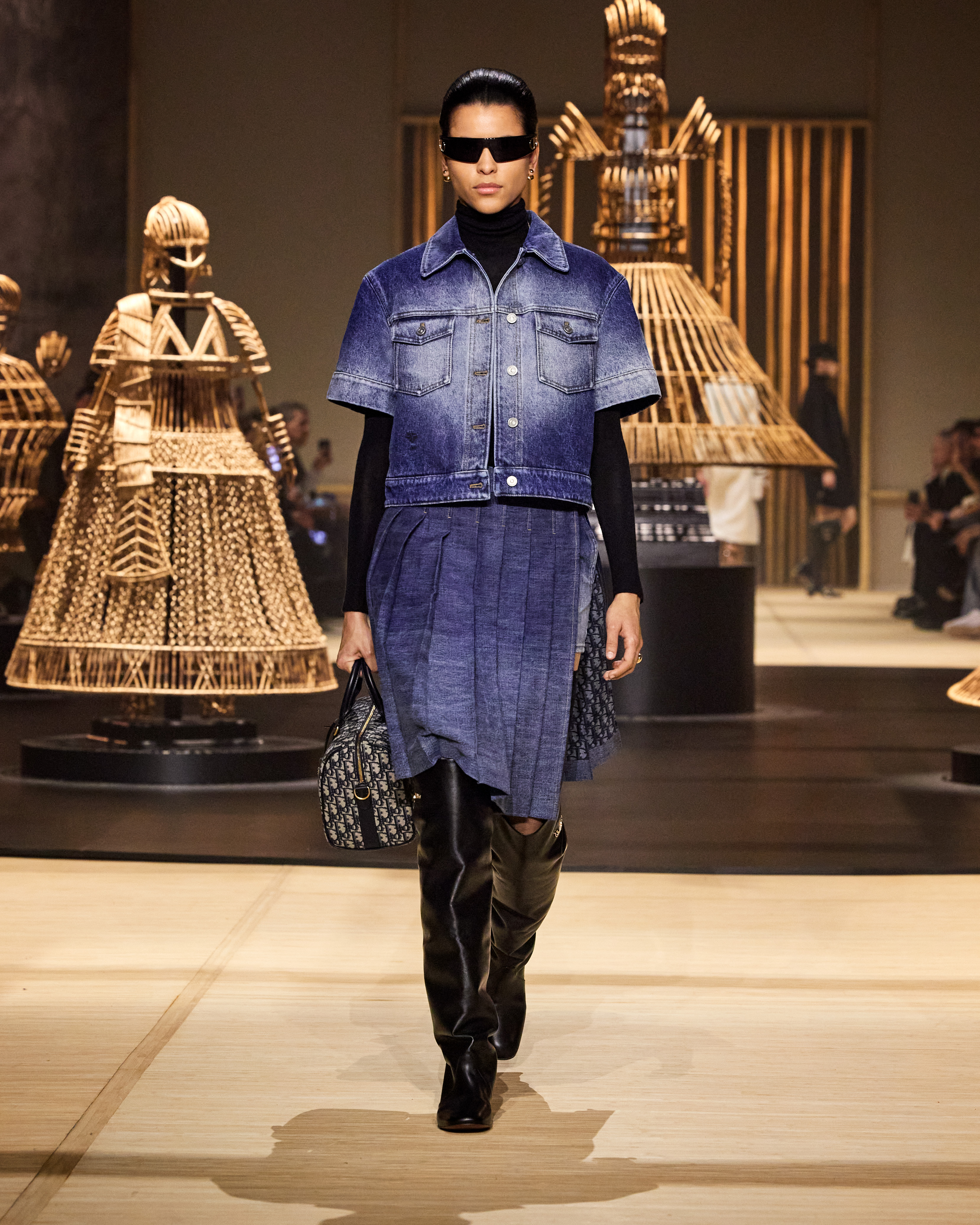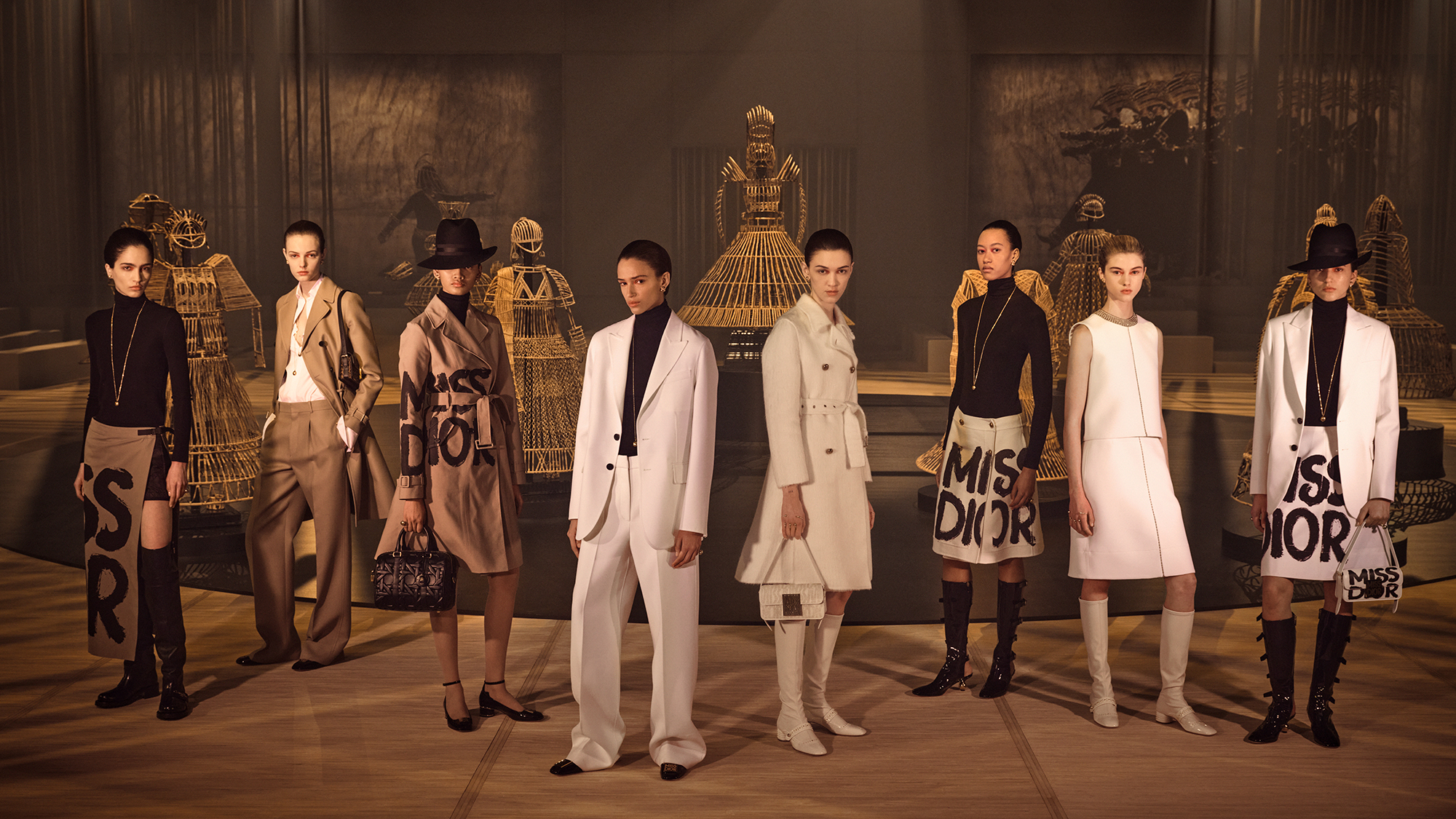
Maria Grazia Chiuri excels at telling the Christian Dior story in original ways and the autumn/winter 24 was no exception.
She looked to the 60s for inspiration, more specifically the birth of Miss Dior in 1967, a ready-to-wear collection which brought fashion to the masses. In the late 60s, Creative Director Marc Bohan and his assistant Philippe Guibourgé (who later went on to introduce Chanel's first RTW collection) dreamed up designs that would change the way women dresssed forever.
They wanted to create clothes that could be easily reproduced and to illustrate “the dynamic context of an increasingly complex and ever-changing society, there was a shift from the landscape of the body to that of the globe“.
Today, Maria Grazia Chiuri follows in those footsteps, with a winter collection that is an ode to first Miss Dior boutique in Paris, which made women feel independent and powerful, whether they were dressing for a day in the office or an evening out. She also looks to Gabriella Crespi, Bohan's muse and the epitome of the woman making a name for herself, a theme we've seen in many of Chiuri's collections.
This is interpreted quite literally on many of the looks, with the 'Miss Dior' logo emblazoned on mini skirta (another 60s symbol) and trench coats. Figuratively, in the free-flowing silhouettes of the beaded flapper-style dresses and silk gowns.
There was that hint of late 60s rebellion in the leopard print pieces, tailored denim, berets and riding boots. The colour palette of white, orange, pink and neon green echoes that of Marc Bohan's original designs, with more muted shades of beige and cream to link the looks together.
As always Chiuri has collaborated with a female artists to create the set for the show. Models walked around a circular stage dotted with cane sculptures by Indian artist Shakuntala Kulkarni. The installation is part of her series “of bodies, armour and cages“, which explores the female body and its relationship to different spaces.
